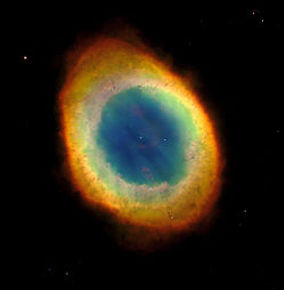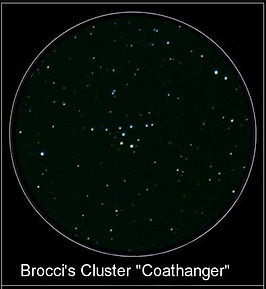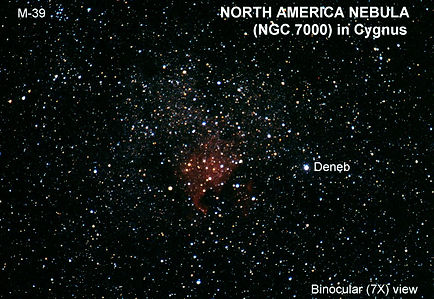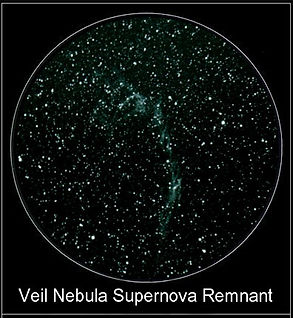Observer's Corner for September
By Professor Hal Jandorf
The Summer Triangle
During September evenings, the "Summer Triangle" (bright stars Vega, Deneb and Altair) is high overhead! It contains many star clusters and nebulae that marks birth and death of stars!
A 24mm wide angle lens on a Sony A7 camera captured the images under the pristine dark skies over Borrego Springs, Ca. Let’s explore some of the celestial treasures that populate this well-known area of the night sky.
Many are easily reached by binoculars and small telescopes in suburban skies. A few are challenging and requires a very dark sky.

M-57 (Ring Nebula) in Lyra. Small planetary nebula, between Beta (b) and Gamma (g) in Lyra. It takes medium magnifications to see the shape of a smoke ring. 4100 Light Years distant.
M-27 (Dumbbell Nebula) in Vulpecula. A shape of a apple core. Another planetary nebula, located 3 degrees north of Gamma (g) in Sagitta. 1250 Light Years distant.




Albireo (Double Star) b in Cygnus. One of the most colorful doubles in the sky, located at the bottom of the Northern Cross. Magnitudes 3.1, 5.1. 390 Light Years distant.
Brocici’s Cluster (Asterism) in Vulpecula. Not a cluster at all. A chance line up of stars looking like a coat hanger! Between Albireo and the tail of Sagitta “arrow”. Best viewed with binoculars!




North America Nebula (Emission Nebula) in Cygnus. Near the bright star Deneb. This is a large, faint nebula where hydrogen forms stars. A nebula filter in very dark skies will allow the shape at very low magnification. I can detect it in my 4 inch Refractor. 1500 light Years distant.
Veil Nebula (Supernova Remnant) in Cygnus. A remnant of a star that exploded 60,000 years ago! With my 4 inch Refractor at low magnification using an Oxygen III nebula filter in dark skies,
the view is spectacular! There are several segments that can be explored. One extends through 52 Cygni.


.jpg)

Photos were taken with 4 inch triplet refractor except M-27 with a 5 inch doublet refractor
If you enjoy “OBSERVER’S CORNER”, please let VCAS and Professor Hal Jandorf know.
Positive comments or changes will be extremely appreciated!
